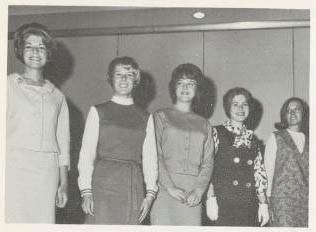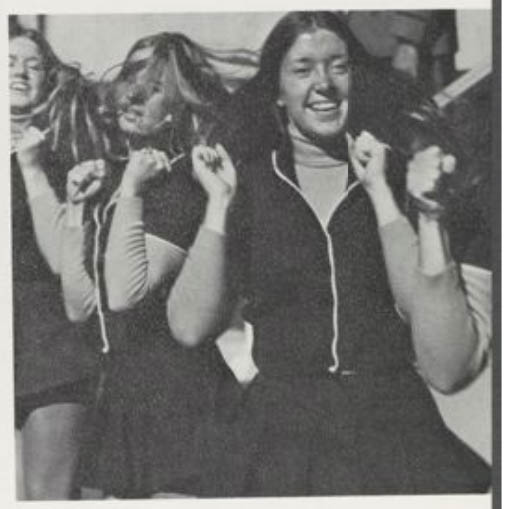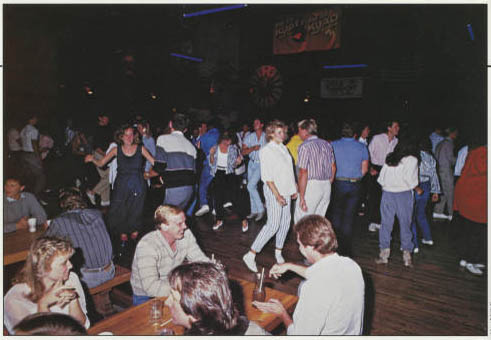History is always repeating itself, and that is especially true in the fashion world. The rule of thumb for the fashion cycle is 20 years, but due to social media trends and the rise of fast fashion, that 20-year cycle is shortening more and more by the day.
Nevertheless, the cycle has continued. A look into the Colorado State University archives reveals the variety of fashion and expression across campus from generations and decades past.
1960s

The cultural revolution of the Swinging ’60s was mostly led by youth, and music was a driving factor that immensely influenced fashion. A notable hallmark of the time was mini skirts and dresses, popularized by British fashion designer Mary Quant.
The overall fashion of the decade was much more casual, though maybe not compared to today’s standards.
There was an increase in brightly colored and patterned clothing along with an increased use of synthetic fabrics. The antithesis to this was the hippie movement and culture, which began in the late ’60s and extended into the early ’70s.
Modern and futuristic styles were also present, particularly in the high fashion realm.
Overall, a mixture of many different aesthetics and styles hallmarked the decade, yet many are distinctly recognizable as the 1960s.
1970s

The 1970s continued the cultural shift that happened in the previous decade, and the hippie style became more mainstream. Stevie Nicks, the lead singer of Fleetwood Mac, sported whimsical, flowy outfits and a shag haircut that became synonymous with the decade.
Another recognizable look is flared clothing, whether on pants or shirt sleeves. Men and women often donned bell-bottom jeans, and platform shoes typically went with them. Though bright patterns emerged in the ’60s, they held strong in the ’70s, with gendered clothing lines blurring throughout the decade.
Women’s style also took influences from the 1930s and ’40s. Gunne Sax was perhaps one of the most well-known fashion companies, and their dresses now resell for hundreds or thousands of dollars. Its most recognizable style is prairie-style dresses, as skirts and dresses generally got longer after the mini revolution of the ’60s. Gunne Sax eventually moved into prom and formal dresses in the 1980s.
1980s

Today, we have seen the fashion of the 1980s make short-lived comebacks with each release of a new season of “Stranger Things,” to the dismay of some and the joy of others.
Fashion from the 1980s appears to be polarizing in the modern era, with a variety of looks and recognizable elements. Bright colors and bold patterns were popular as were pastels. What most people now call “athleisure” became much more mainstream with the boom of leotards, sneakers and Lycra — or spandex.
The era was also known for power dressing, as more women were joining the workforce. Those looks often included blazers and suits, either with pants or pencil skirts and shoulder pads. Many looks of the ’80s favored a triangular silhouette, with large belts being a popular accessory to accentuate it.
Most fashion during the ’80s placed an emphasis on doing more, leading to brighter colors, sharper silhouettes and, of course, bigger hair.
Although fashion is always changing and reinventing itself, looking to the past helps anticipate what the future might bring for the fashion world. At CSU specifically, a trip through the archives provides a glimpse into what was cool to those who came before.
Reach Aubree Miller at entertainment@collegian.com or on social media @aubreem07.
